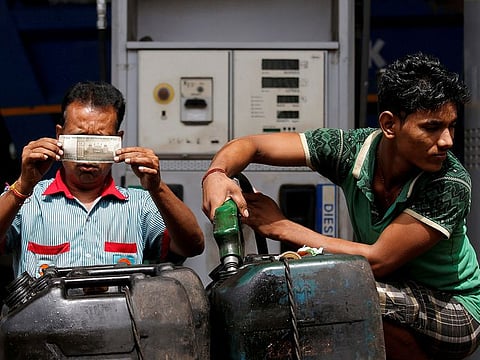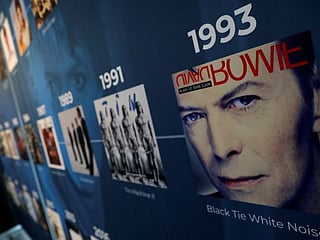We suffer from fossil fuel phobia
Price of petrol has steadily risen, driving even the two-wheeler scooty riders bonkers

I have had a love-hate relationship with fossil fuel ever since I bought my first car in Saudi Arabia many years ago, when petrol was as cheap as bottled water.
The car was bought mainly to get out of the office to a more glamorous life of the reporter, where the road would be my friend and every day would bring surprises and exciting new people to meet.
I bought the car (a tiny Japanese car, not the huge cruiser-like vehicles the Saudis were driving) from a Pakistani colleague, but the only problem was that I did not know driving.
The car had red fur stuck on the dashboard and my colleague said he would give me a few lessons and that would get me on to the long winding highway roads, that stretched for miles to seemingly nowhere.
Petrol (or ‘gas’ as the Americans call it, for some reason) was selling at around Riyal 2 per litre but I seemed to have had a Russian Roulette mindset whenever I went to the petrol station.
To describe this aliment, let me first ask you if you have ever seen an ominous sign smack bang in the middle of the desert after you have been driving for the past one hour, warning: “This is the last petrol station for many miles”.
Someone in the States found the longest interval between gas stations to be 179 miles. And if you are travelling solo in the Australian Outback, and a millennial, you would be displeased to know there is no cell coverage for miles and it is best to buy a physical paper map, and to top up the tank.
Running on petrol fumes
When I saw the warning sign, I checked how many bars the fuel sign showed and then calculated, or rather hoped, that I would reach the next town without having to fill petrol during the journey. When the red light came on, I realised I must now be running on petrol fumes.
This death wish could have turned me into a white, bleached skeleton in a blazing hot car on the side of the highway, and a mystery for the police as to how such a thing happened.
It only dawned on me that I needed to take care of this mental issue when my friend and I had to push a slick, neat-looking two-seater BMW on the Jeddah corniche road, after the car spluttered to a stop because of lack of fuel, and as flashier cars sped by.
(Incidentally, health experts say that if you are out of shape and have never worked out, to never push a vehicle in the heat of summer in the Middle East, or shovel snow in Canada in winter, as it could give you a heart issue).
When my wife and I arrived in India (Bengaluru), petrol was selling at Rupees 73 per litre.
Over the past years, the price of petrol has steadily risen, making even the two-wheeler scootie riders mad.
On our recent trip to Hosapete, a town about 326km from Bengaluru, I asked the driver to top up as petrol could be cheaper here. When we pulled up at the station, the sign said Rupees 111. (In Bengaluru it was selling at Rupees 110 per litre).
The meme fest has now started and one of them shows top Bollywood stars singing songs around a bright red Ferrari. Cut to the present, and both are on a bicycle, with the female star perched on the back carrier rack.
My favourite is a scooterist in cricket gear, and as he starts filling up, the meter pings to Rupees 100, and he celebrates just like a cricketer after hitting a century.
Mahmood Saberi is a storyteller and blogger based in Bengaluru, India. Twitter: @mahmood_saberi
Sign up for the Daily Briefing
Get the latest news and updates straight to your inbox







